In-Depth Guide to Selecting, Planting, and Maintaining Backyard Orchard Fruit Trees
Converting your background into a blossoming garden with young, local fruit trees is not only satisfying but also an amazing way of enjoying the gifts of nature from just outside your door.
Whether you are an experienced farmer or a beginner, the process of selecting, planting, and maintaining backyard orchards demands tactful thinking and planning.
Let’s look at how to create the best backyard orchard, starting with choosing suitable fruit tree types and understanding soil basics as well as sunlight and climate requirements.
Selecting Backyard Orchard Fruit Trees
Choosing the appropriate fruit trees for your garden is a crucial process that must be done cautiously. There are many things to consider when deciding what types of fruit trees will grow well in one’s garden.
●First and foremost, it is important to take into account the local climate and environmental conditions. Different varieties of fruit trees have specific temperature, humidity, and sunlight requirements.
Hence, understanding your area's climate will enable you to choose the right variants that thrive well in that area.
●In addition, think about other factors like soil quality, drainage, and the available space in your garden. Some fruit trees prefer loamy soils, while others can adapt to different soil types.
Knowing the composition of the soil and its pH levels will help you select possible varieties for planting fruit trees that will grow successfully in your particular type of soil.
●Finally, there are personal considerations and culinary needs to ponder as well. Do you want to eat out-of-hand fruit or have some for baking, preserving, or juicing?
Familiarity with this fact helps one pick tree varieties according to his or her taste concerning kitchen preferences and gardening objectives.
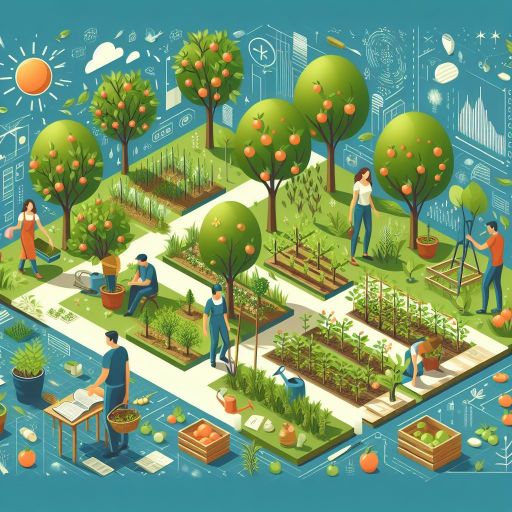
Designing Tips for Backyard Orchard Fruit Trees
Designing your backyard orchard layout is a crucial stage that determines how easily you will maintain it and the future success of the backyard orchard. In this case, careful planning takes into account each tree’s particular growth needs and the general appearance of the area.
●Maintenance and optimal growth
In order to make maintenance simple, align your fruit trees in a way that allows for ease of access. This could be done by planting them in straight rows or using the high-density planting method, which is a new trend in orchard design.
High-intensity planting is when several fruit trees are planted close to one another, hence taking up less space while at the same time creating a type of microclimate that is advantageous to the trees.
The idea is to leave enough space for every tree to grow well without competing with others for nutrients, sunlight, or water supply.
●Lighting and distance
Sunlight means everything to fruit trees. Each tree should get adequate sunlight for photosynthesis and eventually the production of fruits. Spacing between trees must be enough to prevent overshadowing, especially as they grow older.
Therefore, consider the height and spread dimensions of mature plants while designing an arrangement for planting your orchard. Proper spacing helps minimize disease outbreaks while promoting the air circulation necessary for healthy development.
Choosing the right fruit trees for your garden’s climate, soil type, and personal tastes is a long-term investment. A well-chosen fruit tree will serve you with bountiful orchard harvests for years to come.
Maintenance Tips for Backyard Orchard Fruit Trees
A strong and productive crop of fruit trees in an orchard requires steady attention. Regular care activities like watering, pruning, and fertilizing are essential components of orchard maintenance.
Fruit trees should always be watered sufficiently, particularly during dry spells, to keep them hydrated and healthy. Pruning helps maintain the ideal tree structure while encouraging high yields of fruits and, at the same time, eradicating any diseased or broken branches.
Apart from regular care, effective pest and disease management techniques are important in maintaining a healthy orchard. Regular monitoring helps detect pests or diseases such as insect damage or fungal infections to prevent widespread infestations or outbreaks on time.
Proper sanitation, planting disease-resistant varieties, and utilizing organic pest control methods are some cultural practices that help minimize the risk of pests or diseases in an orchard.

Harvesting and Enjoying the Fruits of Your Labor
It is an incredible experience to harvest your homemade fruits, but you need to be very careful so that the best yield and quality can be attained. Fruits should be picked when they are fully ripe, so that they have reached their peak flavor and nutritional value.
To avoid damaging the tree or the fruit, gently twist it off rather than pulling. A basket or soft bag may be used to collect fruits to prevent bruising.
After harvesting, you can choose from a range of options for consuming and preserving your produce. Fresh fruits can be eaten plain or incorporated into a variety of dishes, including breakfasts and desserts.
For preservation purposes, think about canning, freezing, or drying them. Preserving through canning retains the flavor of the fruit and prolongs its shelf life, making it perfect for jams, jellies, and preserves.
Freezing is ideal for fruits like berries, which can be used later in smoothies or baked goods. Drying apples and apricots provides tasty snacks that are easily stored and convenient for on-the-go.
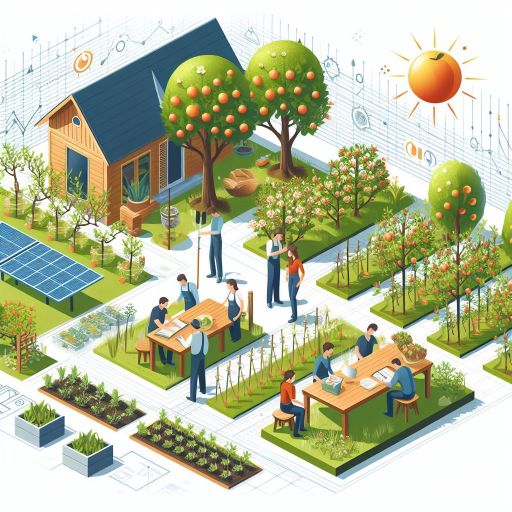
The full cycle of your backyard orchard consists of not only harvesting but also creatively using and preserving your fruit. This sustainable process minimizes waste while giving one an opportunity to taste his or her sweat throughout the year.
Whether one is savoring a fresh apple or spreading jam on toast, the fruits from the orchard are a testament to your dedication and care.
Conclusion
A backyard orchard is something that must be planned by carefully selecting fruit trees to plant and maintaining them.
Choosing a tree can still depend on some factors, including weather, soil type, and size of the yard, as well as one’s own taste, while maintenance relies on the layout.
In conclusion, growing a backyard orchard helps an individual develop their connection with nature in addition to promoting sustainability in our homes.
OTHER NEWS
-
- 10 Unique Indoor Garden Designs to Elevate Your Living Space
- By Molly Joshi 22 May,2024

-
- The Backbone of Your Garden: How Compost Can Transform Your Soil
- By Molly Joshi 17 May,2024

-
- How to Choose the Best Lawn and Landscaping Services for Your Home
- By Prodosh Kundu 28 Aug,2024

-
- Gardening Guide: Integrating Native Plants into Landscapes for Ecological Benefits
- By Prodosh Kundu 24 Jun,2024
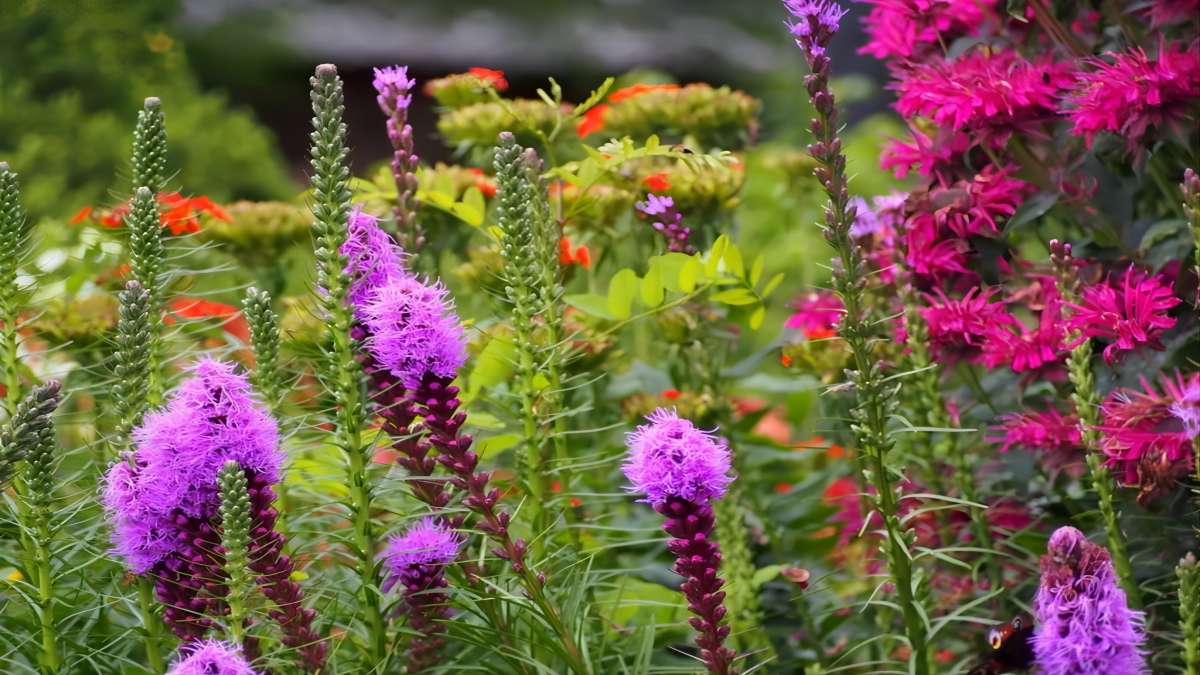
-
- Effortless Summer Gardening Hacks for a Lush Landscape
- By Molly Joshi 23 May,2024
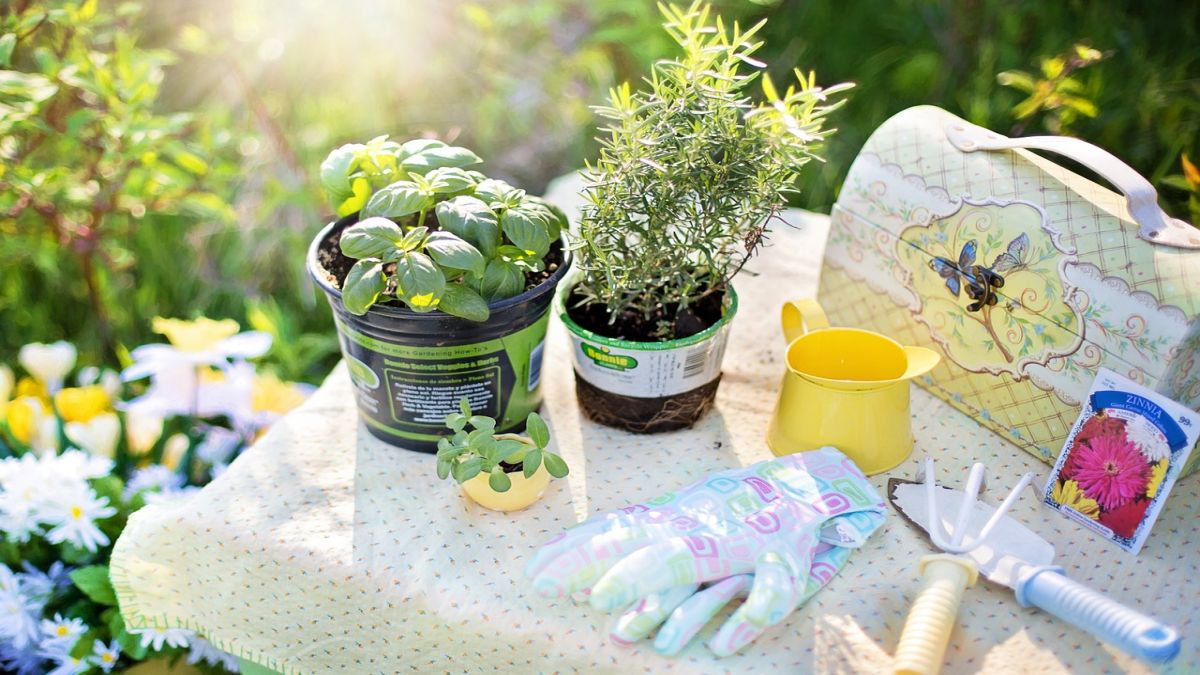
-
- Here’s a complete guide on what you should prepare before planting your seeds.
- By Prodosh Kundu 18 Jul,2024
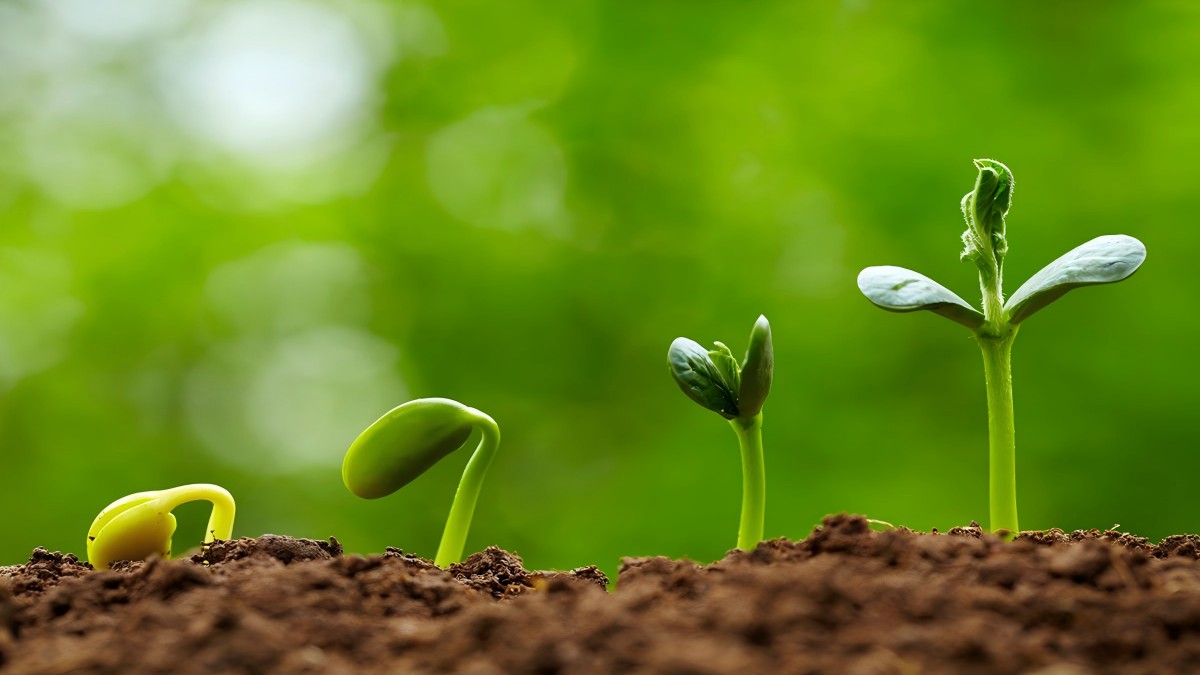
-
- Planting for Wellness: How Indoor Plants Can Improve Your Health and Happiness
- By Molly Joshi 22 May,2024

-
- Embrace the Beauty of Autumn: Essential Gardening Tips for Fall
- By Molly Joshi 23 May,2024
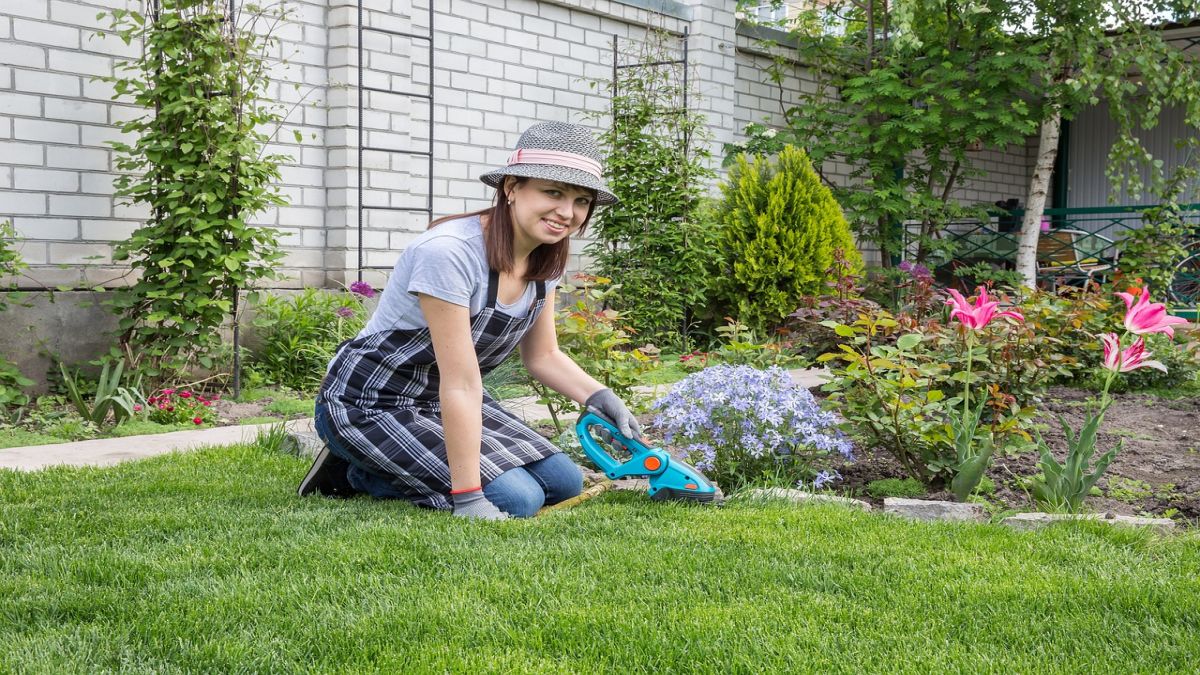
-
- Garden Harmony: Choosing the Right Plants for Your Perfect Oasis
- By Molly Joshi 22 May,2024

-
- Gardening Tips for Spring: Cultivating a Flourishing Garden
- By Molly Joshi 23 May,2024
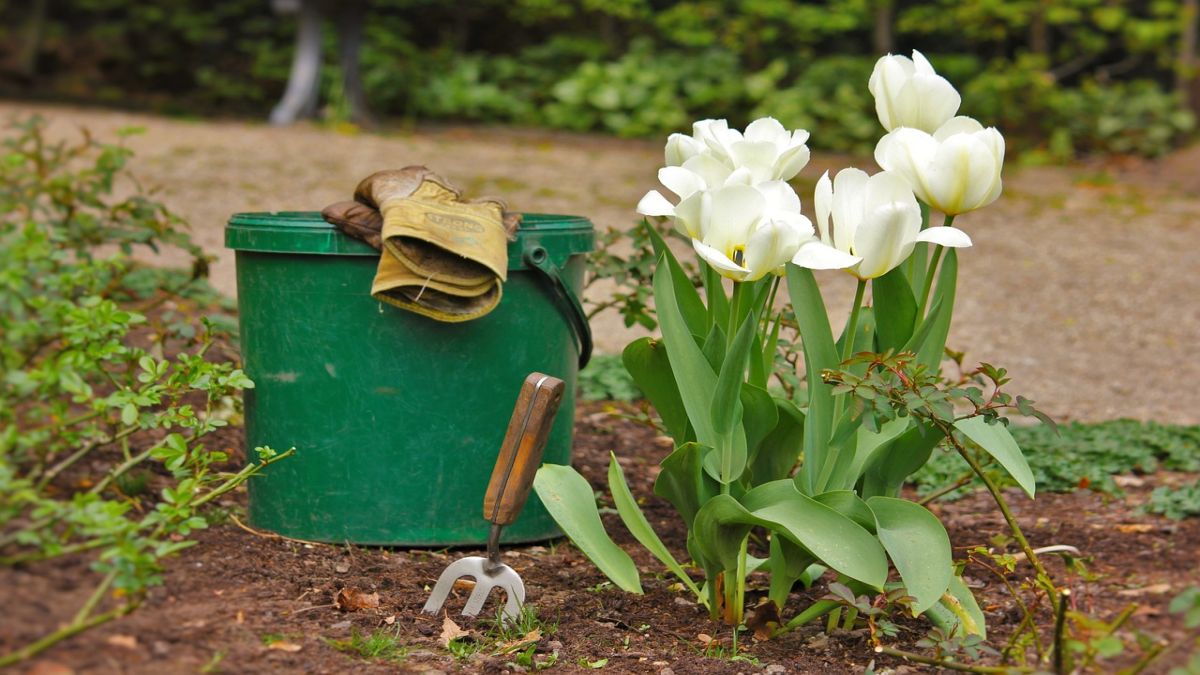
-
- In-Depth Guide to Selecting, Planting, and Maintaining Backyard Orchard Fruit Trees
- By Prodosh Kundu 03 Jun,2024
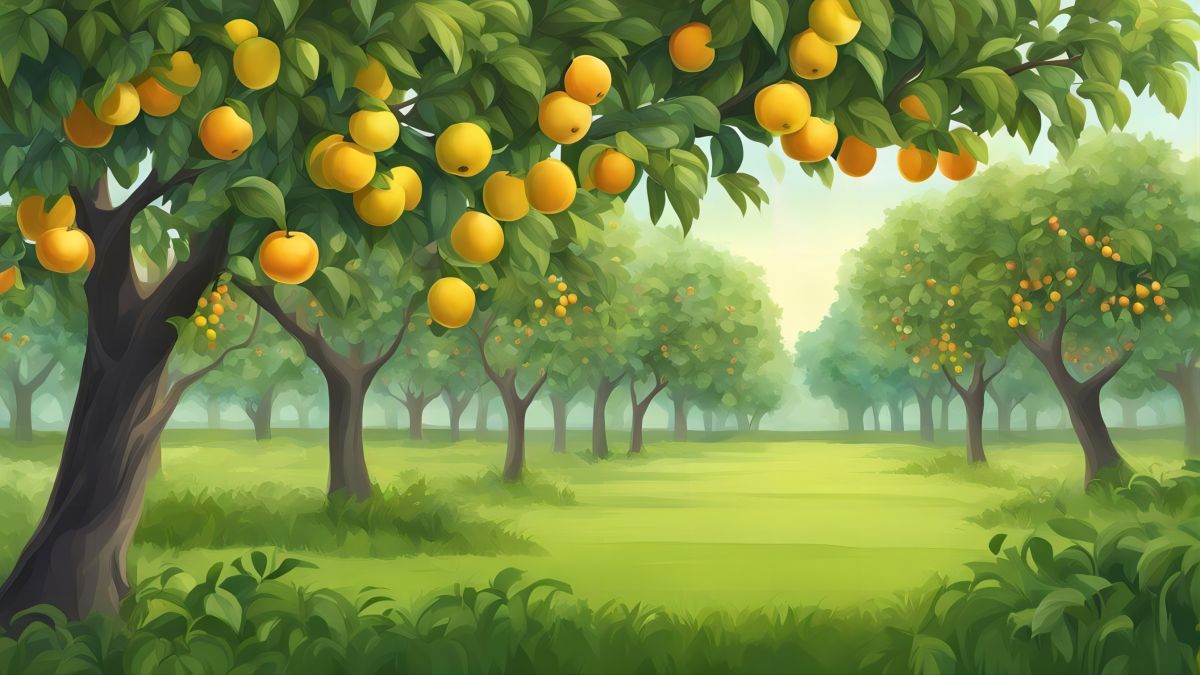
-
- Get Your Garden Groove On_ Essential Tools for Plant Parenthood
- By Molly Joshi 22 May,2024

 1
1 1
1